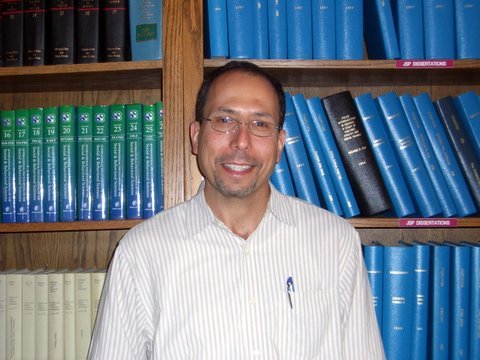New Dawn for California Prisons?
Perhaps its a fitting symbol for penal policy in America, but one of the boldest moves to remake California corrections in at least 30 years is being announced on the Winter Solstice, the darkest, shortest day of the year. Governor Arnold Schwarzenegger, recently re-elected by a substantial majority, plans to announce a sweeping package of construction and reform plans for California's swollen prison system today (read the SF Chronicle story by Mark Martin and Greg Lucas). The major part of the plan would allocate nearly 10 billion dollars in new spending to expand correctional facilities. Four billion would go to new prisons and "re-entry programs" (these are likely to mean smaller secure facilities in major cities designed to hold inmates during their last months before release with the aim of improving re-integration into the community before release). Another four billion will go to new county jail space offered on the grounds that counties keep thousands of short term (3 years or less) state inmates in county jails rather than sending them to the state's over-crowded prisons. One billion would go for building new hospital and mental health facilities for the state's aging and probably mentally degenerating prison population. There are several things to note right away about this mammoth spending proposal. First, and most alarming is that at the end of this initiative, California's "penal capacity", is apparatus of punishment, will be larger than it is today, after thirty years of expansion. There may be fewer prisoners in California prisons (although we'll have to see if even that comes to pass) but there are likely to be even more Californian's undergoing penal custody in a jail, "re-entry facility" or juvenile lock up. Second, a whole lot more money is going to be spent on corrections and ultimately into the pockets of the broad industry that builds, fills, and feeds prisons (what some have called the "prison industrial complex"). This shows the vitality of the "patronage state" the structure of interest rewarding that has been linked to political power since the birth of the Republic (even as it has been overlayed by other circuits of political power). The lubricant of policy change is and remains spending lots of new money. Third, much of this appears to be driven by court orders and hearings by three different federal courts considering law suits against California. Just yesterday, two former heads of California's correctional agency, who resigned within six weeks last spring, testified in Judge Thelton Henderson's court yesterday that they quit because the Governor's new political advisors appeared intent on shutting down management reform and cozying up with the state's powerful correctional officer's union. That this political advise was probably sound, and the implication that reforms can only be initiated after the re-election of a term limited governor should be a moment of sorrow to all of us who believe in Democracy. More importantly, the threat of an actual population cap is a potent one because it challenges one of the key elements of California's "carceral state" ( the political authority linked to its capacity to punish), i.e., the potential to incarcerate subjects deemed dangerous. It is this latter point that leaves me skeptical that this massive spending will lead to anything more than a larger and even more punitive system in a decade.
The greater hope lies in the Governor's other major proposals. One would create a sentencing commission to consider revising California's severe sentencing laws. The other would remove the requirement of parole superivsion (currently three years of which follow the completion of almost every prison sentence in California) for some non-violent offenders. The former, opens the door to a much more promising way of shrinking the prison system, by limiting somewhat the capacity of California's proecutors to move portions of their local population to state prison. But just for this reason, look for the legislation to create any such commission and the issue of who serves on it to be hard fought and protracted. The latter is a sad acknowledgemnt of what I showed in my book Poor Discipline: Parole and the Social Control of the Underclass, 1890-1990, over a decade ago; parole has been remade from a mechanism of community re-integration to a mechanism for removing people from the community and keeping them integrated into the correctional system.


0 Comments:
Post a Comment
<< Home